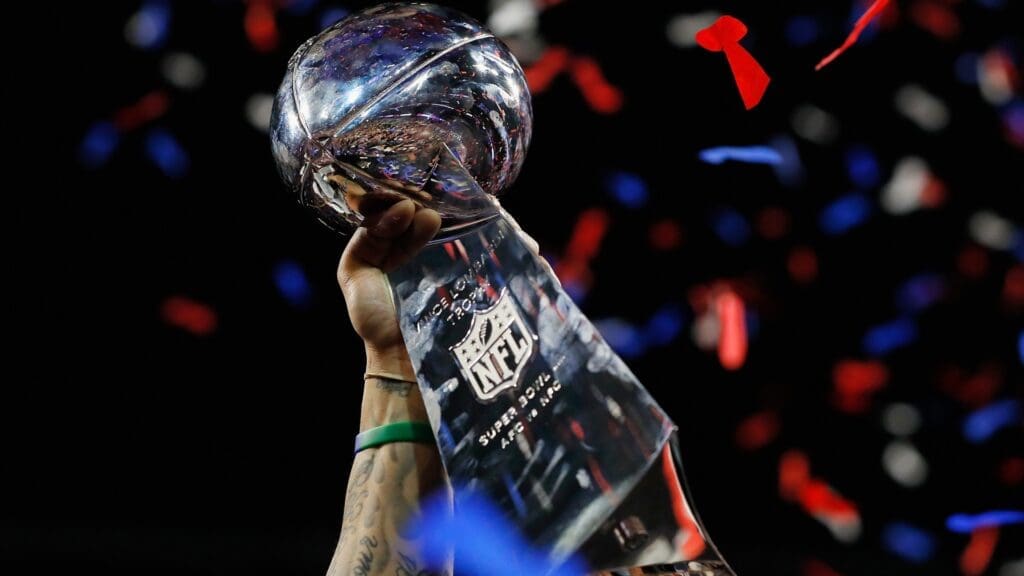How Advertisers Can Adapt Twitter Policy Changes

If you advertise on Twitter, you probably know about Elon Musk’s recent tweet announcing a new Twitter subscription policy: Twitter Blue.
Starting April 15, Twitter users must tweet from a verified subscription account to appear on the “For You” section of Twitter’s Timeline. Additionally, paid subscribers will see approximately 50% fewer ads on their “For You” and “Following” timelines.
The timing of this subscription policy change comes amidst a period of mass exodus for many Twitter advertisers – including Coca-Cola, Unilever, Jeep, and Wells Fargo – who left the platform after Musk was appointed CEO. The departure of these key industry players reportedly caused more than a 40% decline in revenue, resulting in Musk’s desire to generate more consistent revenue streams through user subscriptions.
While these policy changes are controversial, they don’t spell the imminent death for marketing and advertising on Twitter. Here’s everything you need to know about the Twitter changes — and what it means for your advertising.
What are the “For You” and “Following” tabs?
Twitter’s “For You” tab is the first thing users see when they open the platform. It’s essentially a list of tweets that are curated for each user based on an algorithm. Twitter’s “Following” tab is a content timeline curated from the list of people that a specific account follows. This page lets users stay connected to the content and the people they care about most.
Simply put, the “Following” tab displays content from profiles someone follows, whereas the “For You” page enables users to discover new profiles and tweets they haven’t previously interacted with.
Why does this new policy matter?
Musk’s paid subscription model will impact which accounts are featured in the “For You” section. Whereas before Musk’s changes, the “For You” page was available to every user on the platform, starting April 15, 2023, the algorithm will only curate tweets from accounts that pay for a subscription to Twitter’s premium “Twitter Blue” service. Therefore, companies will now need to pay an additional premium to be featured amongst other discoverable content.
In addition to impacting which content is displayed on the “For You” page, the new policy will impact advertising on the platform. According to Twitter, Twitter Blue subscribers will see 50% fewer advertisements on their “For You” and “Following” pages. However, this new “half ads” approach won’t apply to ads on profiles, ads in tweet replies, and promoted events, trends, and accounts.
It’s important to understand that while these changes will impact the user and advertising experience on Twitter, according to data from April 7, the number of active “Twitter Blue” subscribers comprises roughly 1% of its entire user base, totaling a little more than 500,000 people. As such, these changes currently only impact a small portion of Twitter users, and ads are continuing as usual for most profiles.
Benefits to User Engagement
Advertising on Twitter is different from advertising on other platforms, like Facebook or LinkedIn. Whereas Facebook and LinkedIn are useful for sharing information and building brand awareness, Twitter is unique in its capacity to foster audience interactions — a quality that is incredibly lucrative for advertising.
Because Twitter focuses on generating authentic audience interactions, Musk has made it his mission to reduce the number of bots on the platform. According to Musk, the new subscription policy will help reduce the number of bot interactions on the platform, thereby preserving the authentic audience engagement and interactions that many users love. His tweet about Twitter’s new subscription policy outlined that only verified subscribers could participate in polls. Such a subscription-based model is anticipated to clear user timelines of bots who may otherwise click on ads or vote in polls.
Given this push-back on bots, some argue that Twitter’s new subscription model will enable companies to have more authentic interactions with users without AI bots or imposter profiles diluting the quality of user exchanges. The idea here is that reduced bots will promote higher quality user engagements, setting the stage for organizations to foster brand trust and develop critical marketing insights to help brands create a more useful, impactful Twitter marketing strategy.
Lower Advertising Costs and Increased Opportunities for Ad Space
With so many prominent players leaving Twitter over the last few months, advertising costs are quite low, and smaller companies have more opportunities to take up ad space.
Whereas large companies, such as Jeep and Coca-Cola, used to force ad increases by taking up valuable advertising blocks, now, with these industry players leaving the platform, small businesses are able to fill the space left in their absence. Smaller companies now have a greater, more affordable opportunity to engage in Twitter advertising — including creating more impactful lead nurturing and brand awareness ads.
Moreover, in many cases, Twitter offers free advertisements as part of an effort to sell ad space, making it easier than ever to launch Twitter ads. With lower advertising costs, this may be the perfect time for companies to test Twitter advertising with a small slice of their marketing budget.
Final Thoughts
Despite Musk’s changes, Twitter remains a powerful, robust platform that can reach thousands of customers with inexpensive ads. While the new subscription model is changing how users experience ads and interact with content, the days of advertising on Twitter are far from over. With lower advertising costs than other platforms, fewer large companies advertising, and protections against automated interactions with bots and AI profiles, Twitter offers companies a unique opportunity to advertise their value and connect with customers.
At Madison Taylor Marketing, we understand the changes to the Twitter platform and have the expertise to help your business advertise on any social media platform. Looking to take advantage of our expertise? Contact us today to learn more about how we can help you get the most out of your Twitter advertising.





